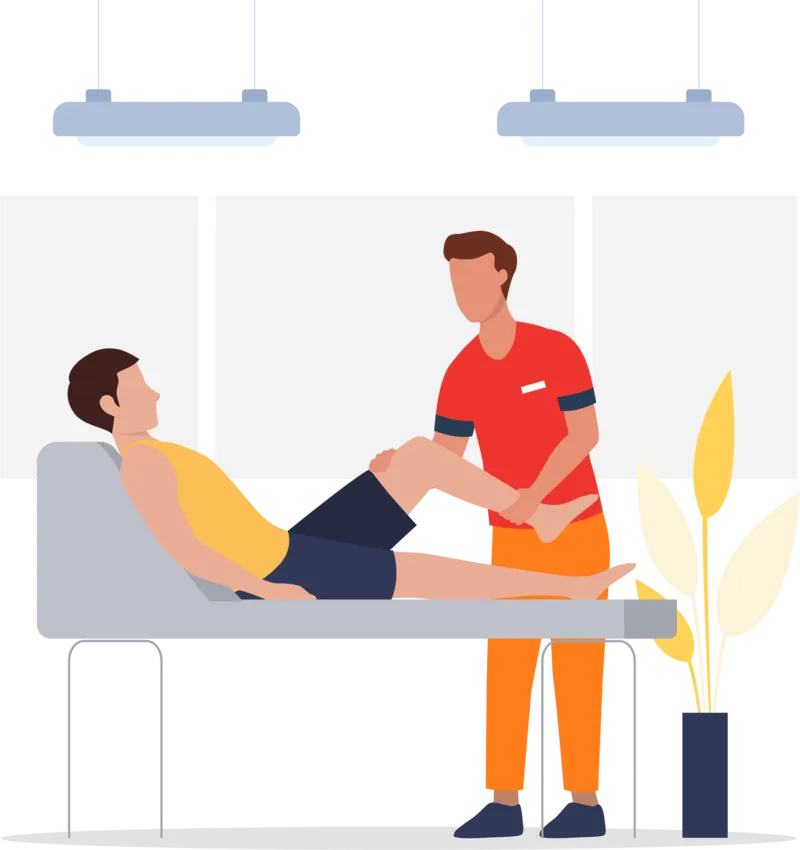Expert Services
by New York
Medical SEO
Our New York medical SEO experts drive tangible results for healthcare businesses, increasing your online visibility, attracting targeted patients, and building your authority in the healthcare digital space.




Boost Your Medical Practice’s Online Presence in New York
Enhance your medical practice's visibility within your local area through tailored SEO strategies. We optimize your Google Business profile, local keywords, and citations to attract more patients in your community.
Improve your website’s performance with on-page SEO techniques that focus on optimizing content, meta tags, and user experience. Our experts ensure your medical website is fully optimized for search engines, leading to higher visibility.
Build authority and trust for your medical website with effective off-page SEO practices. We leverage link-building, guest posting, and influencer outreach to strengthen your site’s domain authority.
Our New York-based SEO experts specialize in healthcare, using a data-driven approach to tackle industry challenges. With unmatched service and proven results, we help medical practices build visibility and maintain a leading position in the digital landscape.


Comprehensive SEO Services for New York Medical Websites
We analyze your New York medical website’s strengths and weaknesses, uncovering optimization opportunities to boost visibility and patient engagement.
We identify high-converting keywords for New York medical practices, optimizing your content to boost rankings and attract targeted patient traffic.
Enhance search rankings with content, backlinks, and technical SEO, boosting your New York medical website’s organic traffic and visibility.

Elevate your New York practice’s online presence, attract more patients, and grow your practice with expert medical SEO solutions.

Strengthen your hospital’s online presence, enhance reputation, and engage more patients with customized SEO strategies for New York healthcare facilities.

Enhance your clinic’s visibility in New York, attract new patients, and optimize your digital presence with tailored seo for medical clinics.

Boost your New York practice’s visibility, achieve higher search rankings, and attract more patients through specialized search engine optimization for medical practices.

Increase visibility for New York urgency care clinics, attracting patients seeking immediate care through targeted urgent care SEO strategies.

Elevate your New York orthopedic practice’s online presence, attract specialized patients, and boost search rankings with targeted strategies for orthopedic SEO companies.

Boost visibility for New York robotic surgeons, connecting them with patients seeking advanced procedures through targeted SEO strategies.

Expand your surgical group’s patient base in New York with tailored SEO strategies that boost visibility and increase bookings.

Enhance your digital presence in New York with SEO strategies that connect medical device companies to healthcare professionals and potential buyers effectively.

Increase awareness of your biotech innovations in New York with biotech seo strategies that attract investors and partners, enhancing your digital footprint.

Boost visibility for New York plastic surgeons, attract patients seeking cosmetic procedures, and build trust with customized plastic surgeon seo strategies that enhance online presence.

Attract your ideal clients in New York with medical spa SEO strategies that drive traffic and boost bookings for your services.

Be the Best In Your Medical Practice Today! Start Your Growth Journey Now




Medical SEO optimizes healthcare websites with a focus on compliance, patient privacy, and medically relevant keywords. Unlike traditional SEO, it’s designed to attract patient traffic by addressing the specific needs of medical practices. This specialized approach ensures higher visibility in searches related to healthcare services.
Results depend on factors like competition and the current state of your website. Generally, noticeable improvements in visibility and patient traffic occur within 3-6 months. As the campaign progresses, patient inquiries and appointments will steadily increase.
Yes, all our strategies adhere to HIPAA guidelines, ensuring compliance with patient privacy laws. We prioritize data security to protect patient information while enhancing your site’s visibility. Your practice’s confidentiality is safeguarded throughout the SEO process.
Absolutely, we leverage location-based strategies to help your New York practice rank higher in local searches. This includes optimizing Google Business profiles and using targeted local keywords. The result is increased visibility and more patients from your surrounding area.
We track performance through analytics tools, focusing on keyword rankings, organic traffic, and conversions. Regular reports detail your campaign’s progress, demonstrating measurable improvements over time. This data-driven approach ensures your practice achieves sustained growth.


New York Medical SEO is a trusted partner for healthcare practices, hospitals, and medical organizations seeking to enhance their online presence, attract new patients, and achieve digital marketing success. With our expertise in medical SEO and dedication to delivering measurable results, we are here to support your growth and help you dominate the medical SEO landscape.